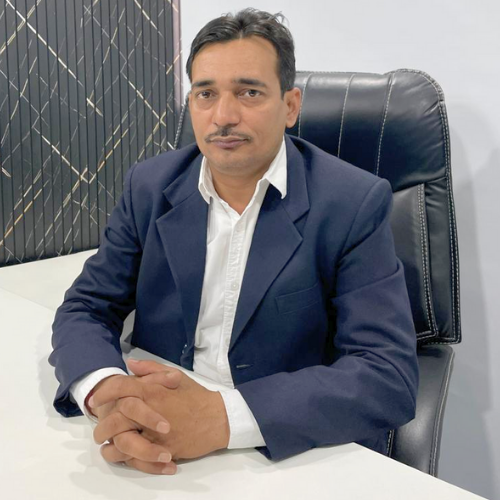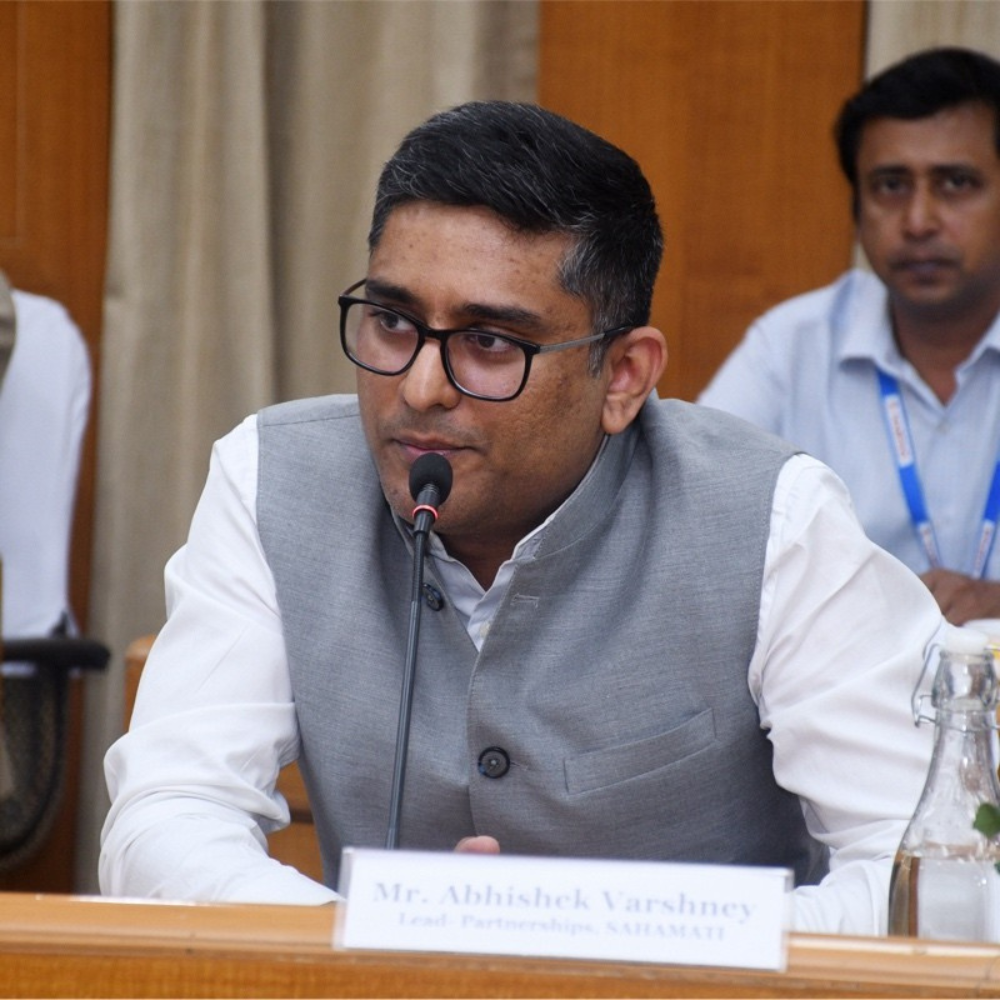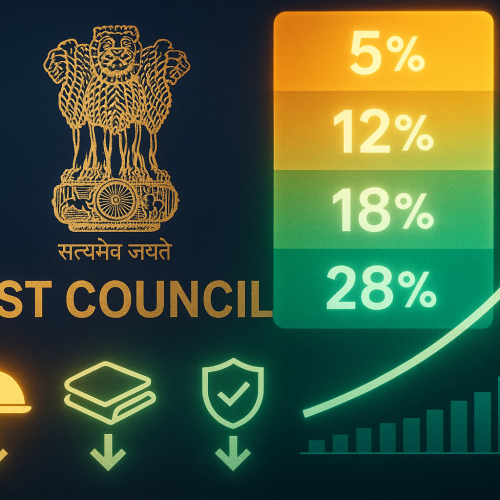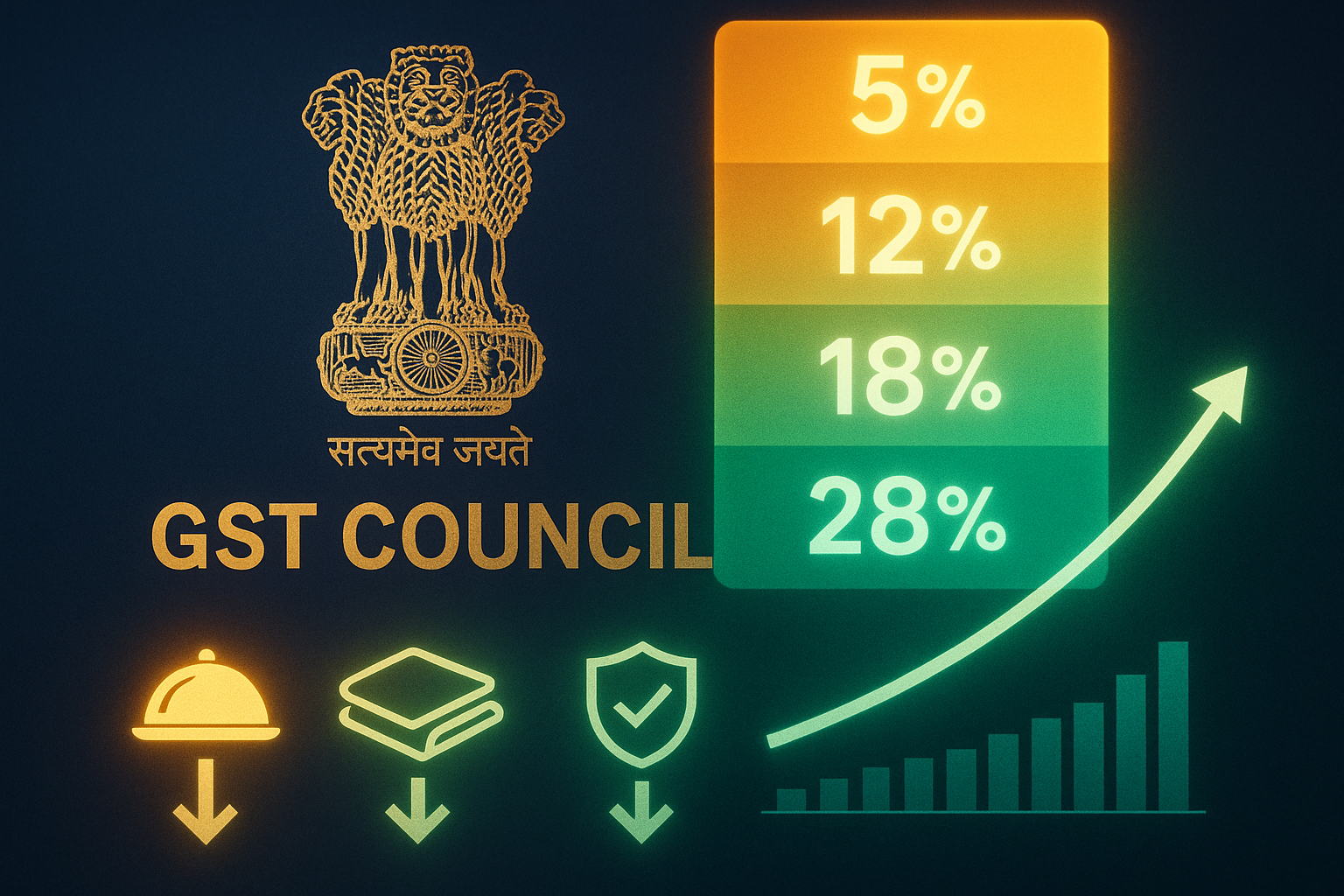In April 2025, the Reserve Bank of India (RBI) released draft guidelines introducing a new securitization framework for stressed assets. This marks a strategic shift, enabling banks and NBFCs to sell bad loans to Special Purpose Entities (SPEs), which can appoint resolution managers—including Asset Reconstruction Companies (ARCs)—to oversee recovery. This development forces ARCs to pivot from traditional asset acquisition models to fee-based resolution roles amid rising competition.
Background and Context
India’s private ARCs are already grappling with shrinking Assets Under Management (AUM). Outstanding Security Receipts (SRs) declined by roughly 15% in FY 2024 and are expected to fall another 4–6% in FY 2026, to around ₹1.05 lakh crore The decline stems from fewer corporate NPAs and stiff competition from a government-backed ARC backed by guarantees.
The new securitisation framework allows banks and NBFCs to package distressed loans (excluding farm, education, fraud, or wilful defaulter cases) into pools that SPEs securitise and sell to investors
These SPEs, in turn, can hire ARCs as resolution managers.
Expert Insights
Aesha Maru, Associate Director, Crisil Ratings
“The new product could increase competition for ARCs when it comes to acquisitions. … ARCs can build asset-light, fee-based models… But activity depends on asset quality in the financial sector.”
Subha Sri Narayanan, Director, Crisil Ratings
Retail NPA acquisitions may rise this fiscal due to upticks in microfinance and unsecured loan delinquencies and regulatory clarity—especially the ability to settle loans under ₹1 crore without IAC approval.
Broader Implications
1. Shift to Fee-Based Revenue
ARCs will now need to pivot from upside-based income (earning only when assets recover) to fee income through resolution services.
2. Rising Competition in Deal Flow
Banks can bypass ARCs by directly securitizing portfolios with SPEs, reducing ARC acquisition volumes and negotiating power.
3. Retail Business Growth
Although SR issuance dipped 29% in FY 2024, retail loan pools (especially microfinance) could offset some losses. Still, higher discounting on these assets may limit AUM recovery.
4. Enhanced Role in Securitisation Ecosystem
ARCs can strengthen their position by becoming both resolution managers and investors in their own securitized asset pools. This dual role could offer them a competitive edge.
Challenges Ahead
-
AUM Outflows: Redemptions (₹28,600 crore in FY 2025) are surpassing acquisitions, intensifying pressure to adjust revenue models.
-
Competitive Pressure: Government ARC models and new securitization vehicles may crowd out private ARCs.
-
Execution Risk: Success hinges on ARCs’ ability to build scalable, fee-based platforms and demonstrate value-add in recovery.
Future Outlook
| Strategic Shift | Impact on ARCs |
|---|---|
| Asset-light Models | Reduced capital outlay; focus on expertise in resolution |
| SPE Role & Co-investment | Shared upside enforcement and stronger SPE integration |
| Retail Market Strategy | Tapping growing microfinance delinquencies, though discounted |
| Regulatory Alignment | Faster settlements under ₹1 crore loans; more efficient resolution |
ARCs that adapt to be agile resolution managers stand to benefit. Those that cling to asset-heavy acquisition may struggle in this evolving landscape.
Conclusion
The RBI’s draft framework fundamentally shifts the ARC business from ownership-driven gains to service-led income. To survive and thrive, ARCs must retool their business models, rebrand as specialist resolution managers, and co-invest where possible. Those who pivot effectively can capitalize on rising retail NPA volumes and become integral to India’s structured asset recovery market.












